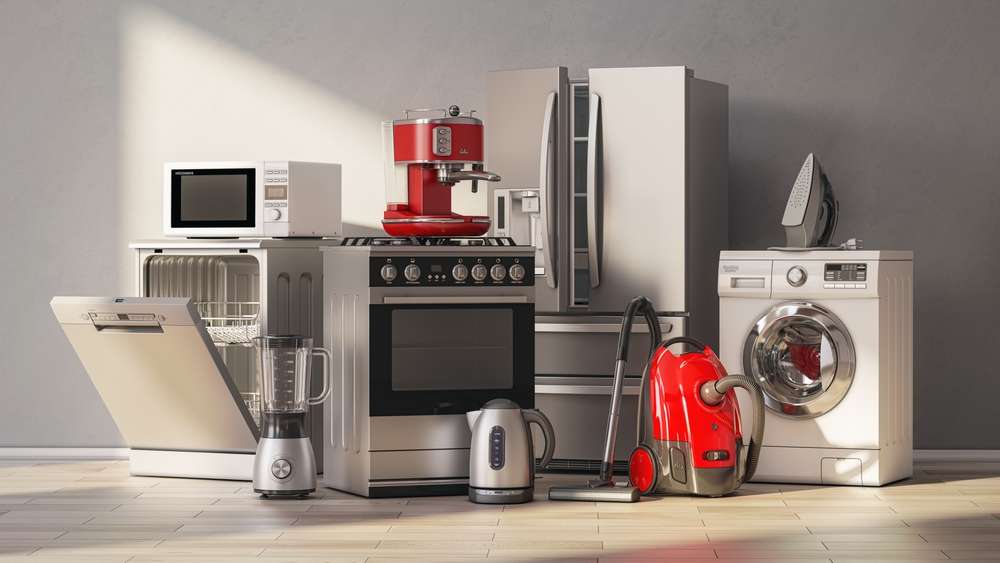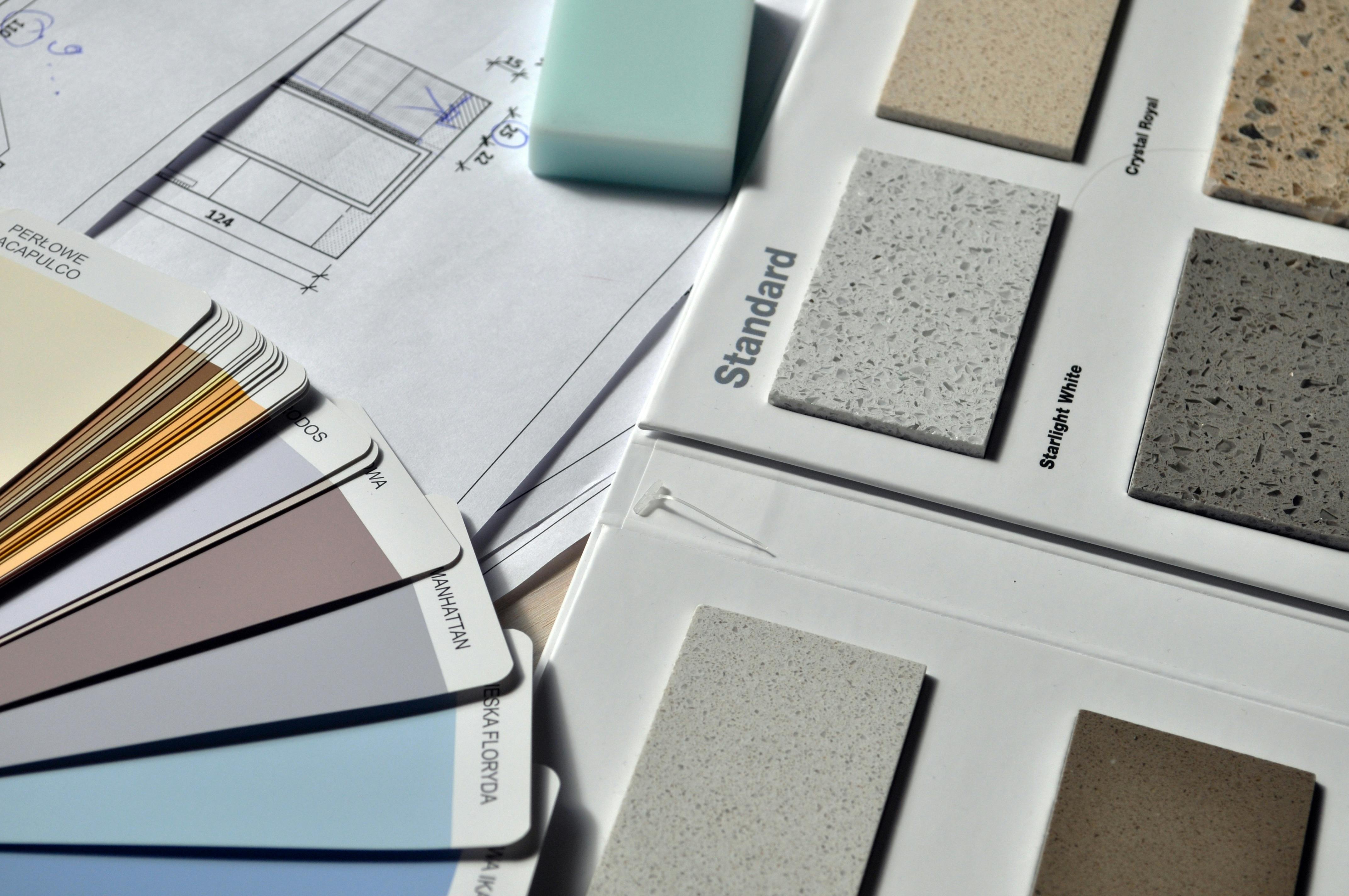Maximize Savings: The Ultimate Guide to Buying Quality Used Home Appliances in 2025
Purchasing used home appliances has become an increasingly smart financial decision for homeowners looking to reduce expenses without sacrificing quality. With proper knowledge and inspection techniques, you can find reliable secondhand appliances that perform efficiently for years while saving hundreds or thousands of dollars compared to buying new.

How to Evaluate Used Appliances for Long-Term Reliability
When evaluating used appliances for long-term reliability, start by checking the age and model number against manufacturer specifications. Appliances typically last between 8-15 years depending on the type, with refrigerators averaging 12 years and washing machines lasting around 10 years. Research the specific model’s known issues and recall history online before making any commitment.
Examine the appliance’s maintenance history by asking for documentation or service records. Well-maintained units often come with original manuals, warranty information, and repair receipts. Test all functions thoroughly during your inspection, including different settings, cycles, and temperature controls to ensure everything operates smoothly.
Key Signs an Appliance Is Worth Buying Used
Several indicators suggest an appliance is worth purchasing secondhand. Look for units that are less than five years old with minimal cosmetic wear, as these often retain significant functionality. Check for energy efficiency ratings, as newer models typically consume less electricity, offsetting their higher purchase price through reduced utility bills.
Physical signs of good condition include clean coils on refrigerators, lint-free dryer vents, and appliances that start immediately without unusual noises. Original accessories, such as racks, trays, or specialized attachments, add value and indicate careful ownership. Appliances from smoke-free homes generally have less internal residue and odor issues.
Common Risks in the Secondhand Appliance Market and How to Avoid Them
The secondhand appliance market presents several risks that savvy buyers can avoid with proper precautions. Hidden damage represents the most significant concern, particularly internal component failure that isn’t immediately visible. Always insist on seeing the appliance running for at least 15-20 minutes to identify potential issues.
Warranty concerns pose another risk, as most manufacturer warranties aren’t transferable to subsequent owners. Some sellers may misrepresent the appliance’s condition or age, so verify model numbers and manufacturing dates independently. Avoid purchasing appliances that lack proper electrical cords or have been modified, as these safety hazards could pose serious risks.
Comparing Popular Appliance Brands for Pre-Owned Value
Certain appliance brands consistently maintain better resale value and reliability in the secondhand market. Whirlpool, KitchenAid, and Maytag appliances often provide excellent pre-owned value due to their durability and widespread service network. These brands typically have readily available replacement parts and experienced repair technicians in most areas.
European brands like Bosch and Miele command higher secondhand prices but offer superior build quality and longevity. Samsung and LG represent good middle-ground options, providing modern features at reasonable secondhand prices. Generic or store brands generally offer the lowest purchase prices but may have limited service support and shorter lifespans.
Cost Analysis and Market Comparison
Understanding typical pricing for used appliances helps you identify good deals and avoid overpriced items. The secondhand appliance market varies significantly by location, condition, and demand, but general patterns exist across different platforms and sellers.
| Appliance Type | New Price Range | Used Price Range | Recommended Age Limit |
|---|---|---|---|
| Refrigerator | $800-2,500 | $200-800 | 8-10 years |
| Washing Machine | $600-1,800 | $150-600 | 6-8 years |
| Dryer | $500-1,500 | $125-500 | 6-8 years |
| Dishwasher | $400-1,200 | $100-400 | 5-7 years |
| Range/Oven | $600-2,000 | $200-700 | 8-12 years |
Prices, rates, or cost estimates mentioned in this article are based on the latest available information but may change over time. Independent research is advised before making financial decisions.
Expert Tips for Negotiating and Inspecting Before Purchase
Successful appliance negotiation starts with thorough research on comparable prices from multiple sources. Bring a flashlight, multimeter, and measuring tape to inspect internal components, electrical connections, and ensure proper fit in your space. Document any defects or concerns with photos, as these provide leverage for price negotiations.
Schedule inspections during daylight hours when possible, and never rush the evaluation process. Ask specific questions about the appliance’s history, including reasons for selling and any recent repairs. Professional appliance inspectors charge $100-200 but can identify costly hidden problems that justify their fee for expensive purchases like commercial-grade refrigerators or high-end ranges.
Purchasing quality used home appliances requires patience, research, and careful inspection, but the substantial savings make the effort worthwhile. By following these guidelines and maintaining realistic expectations, you can furnish your home with reliable appliances while keeping more money in your budget for other priorities.




